I realize that most people head to Deruta to shop. With hundreds of small workshops making – and selling – some of the most beautiful hand painted ceramics in Italy, it’s hard not to spend money. Some people I know (and I’m not naming any names here, but you know who you are) will even freely admit to having an addiction. Who can blame them?
During a recent trip to Deruta I was reminded that there is a reason these plates, bowls, dishes and cups are so irresistible. The tradition behind this craftsmanship goes back centuries. And it’s this sense of place and history that we are acquiring every time we bring one of these pieces into our home.
What most people don’t realize is that the historical part of this equation is on full display in the most wonderful – and totally ignored and under-visited – museum in Umbria. The Museo Regionale della Ceramica is located in the old part of Deruta, up on the hill. Just off the main piazza, the museum is situated in the converted cloister of the Church of San Francesco.
As with all things to do with Italian artistic patrimony, there was a ton of money spent on this beautiful museum. The displays are state of the art, and the pieces themselves – dating back to the 14th century – are worthy of some of the best museums in Europe. If you’re wondering why you’ve never heard of this museum it’s because once it was built, there was no more money left for promotion or even staffing. In fact, the day I went up, a Tuesday, the museum was closed to the public and I had to pay an 80 Euro fee for a special opening just for us.
Which was well worth it.
Our gracious guide gave us a private tour of the entire museum, from bottom to top. And when I say bottom, I mean we started below ground. As it turns out, totally by accident, when they were digging the foundation for a new parking area next to the museum, they came across a completely intact series of Renaissance kilns. How many museums of decorative arts in the world can you visit where they have the 16th century kilns in the same building where the 16th century ceramics that were made in them on display? It was a profoundly moving experience that put our entire day in perspective.
Since the craft of majolica has been going on here pretty much non stop for centuries, it’s hard to dig anywhere without coming up with brightly painted shards documenting styles over the years. Case after case of these treasures are on laid out on display.
One entire wing of the museum is filled with objects from the 20th century, a sort of open study collection for aspiring students of the craft (I loved the pieces made for the Perugina chocolate factory in the 50’s). But the real treasures – dating from the middle ages through the 18th century – fill case after case on the second floor. Apothecary jars, salt cellars, platters and urns are the precursors of what is now for sale in the myriad workshops that line the Via Tiberina below.
If you do make it to Deruta, I’m assuming that you are as passionate (I’m not going to use the word addicted again) about ceramics as I am. If so, then make sure you stop by the Museo. At the very least you’ll have a better understanding of where your passion originated.
Museo Regionale della Ceramica di Deruta
Largo San Francesco
Click through the link for their very complicated hours, and contacts for arranging a private visit with a guide.
Would you like to come to Deruta with me? Have a look at my Day Trips and let me know if you’d like to receive more details. I’ve been in love with Deruta for a long time, and even wrote a book about it. I’d love to share my passion with you.
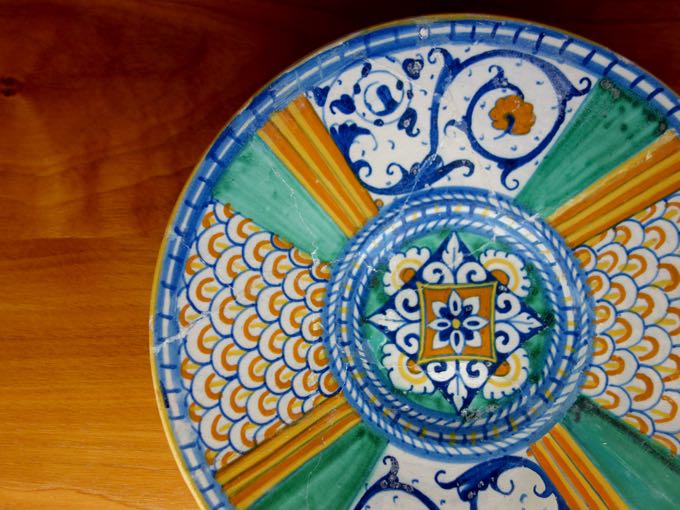
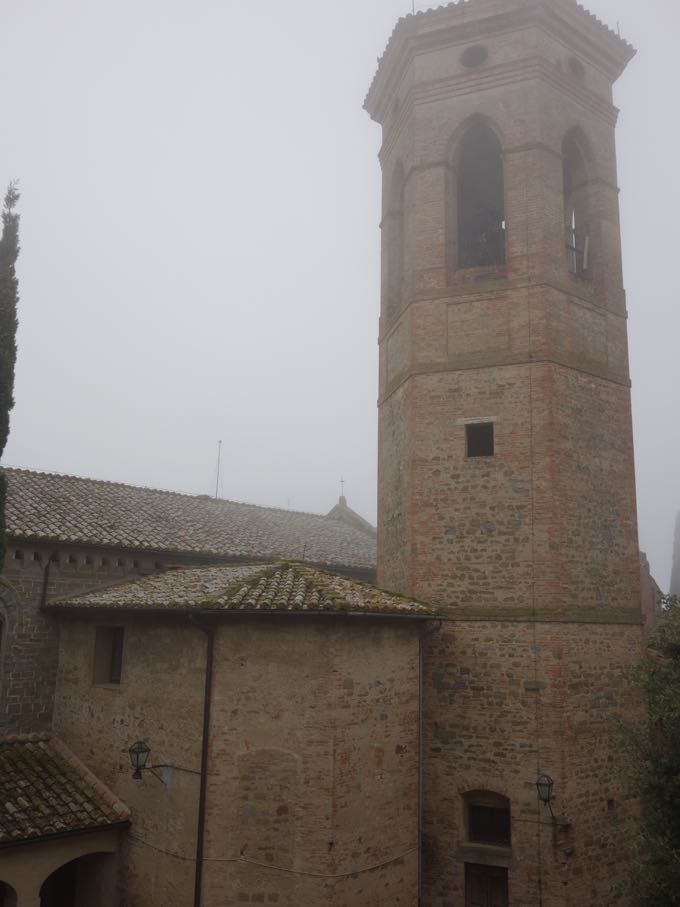
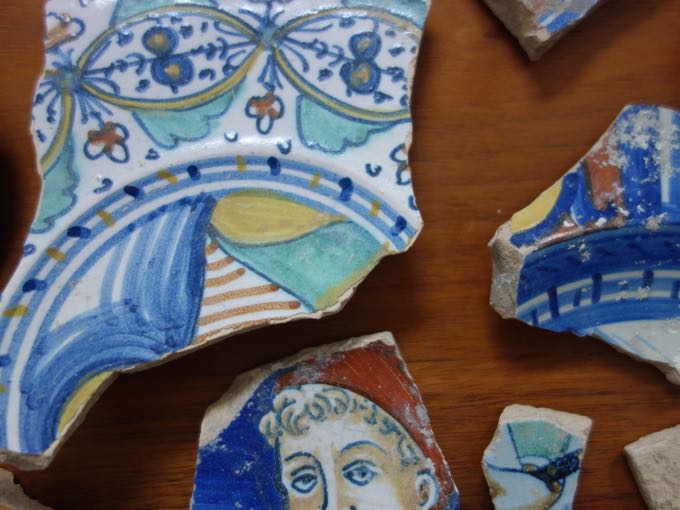
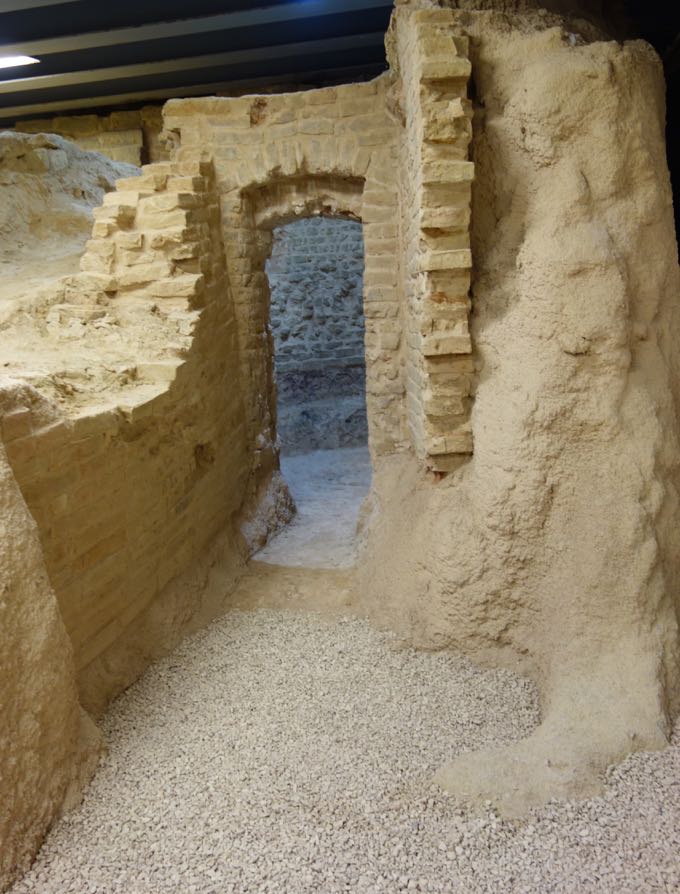
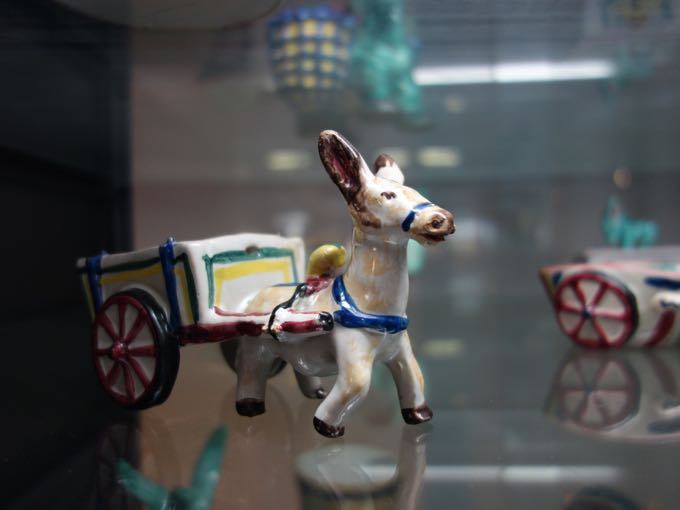
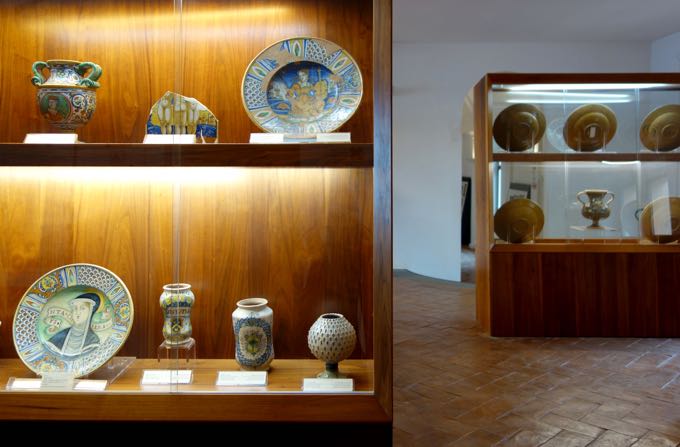
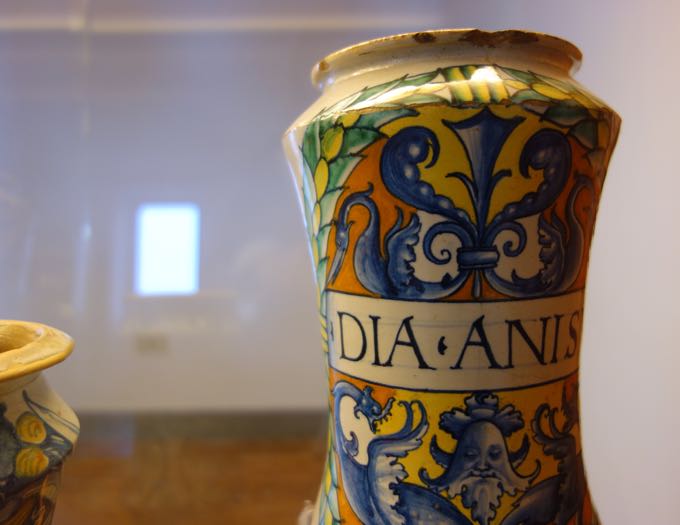
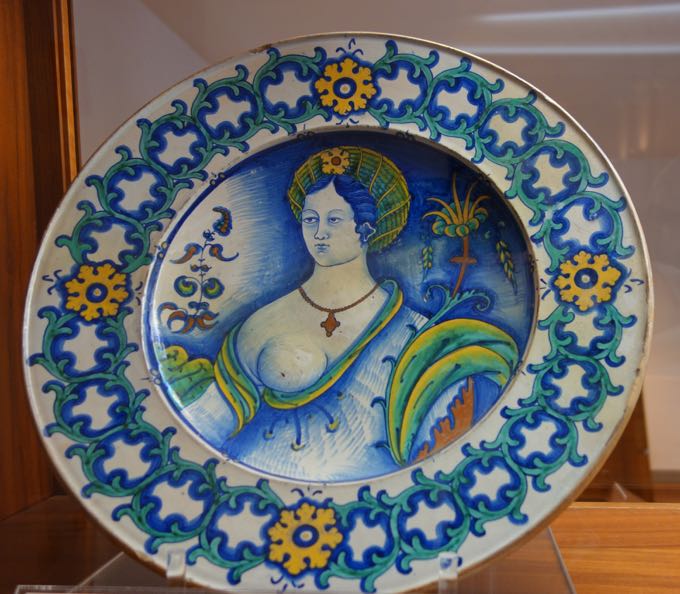
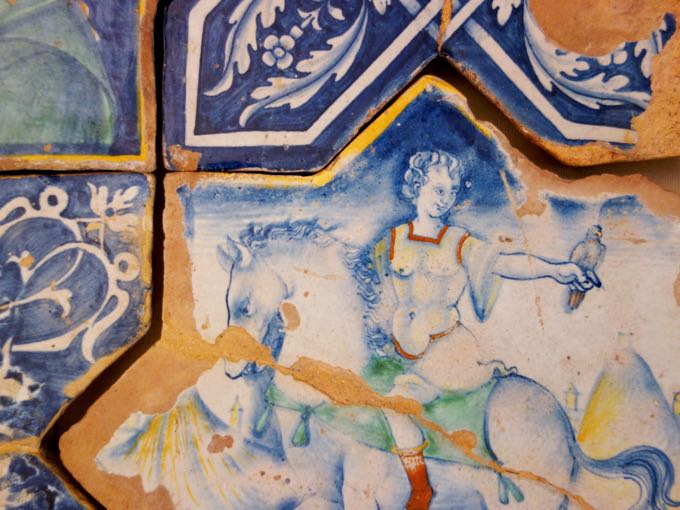
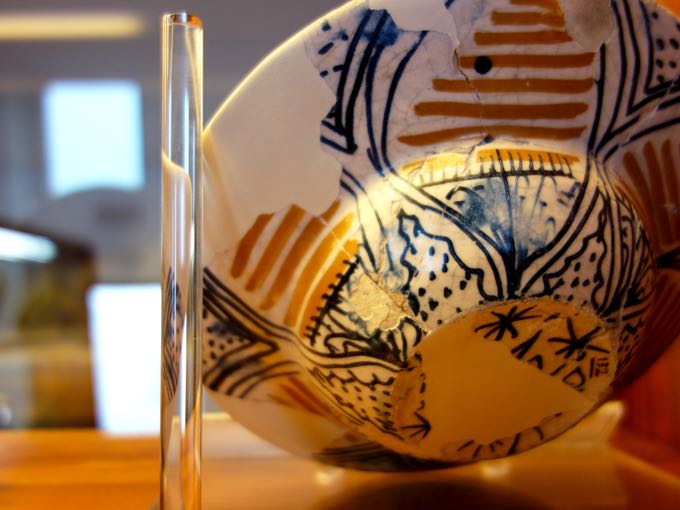
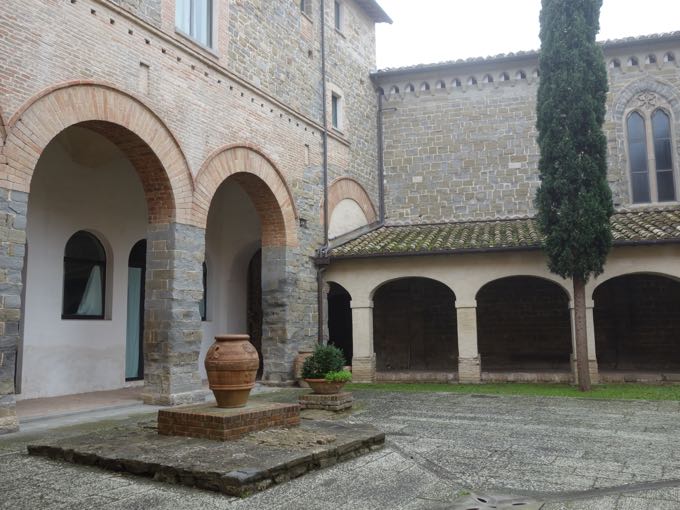
…and another item to put on my list for my trip to Deruta!
HI Elizabeth,
I went here years ago but they seemed to have improved it greatly! You might also include the wonderful Wine Museum in Torgiano–a few kilometers from Deruta–which was begun by the Lungarotti Family of the Winery fame. It has a great collection of ceramics as well! They also have a great olive and olive oil museum in Torgiano which is also under the auspices of the Lungarotti family and is very well done and informative! And the Tre Vaselle Hotel there is unique and has a lovely swimming pool in a grassy olive grove overlooking the Umbrian countryside with a good restaurant as well.
Yes, they have improved it greatly. It used to be a few rooms in the town hall back in the day. I also love the Wine Museum, which is fantastic.
A truly wonderful museum showcasing stunning ceramics..Absolutely loved it…thanks so much for the reminder I have to go back!
I RECENTLY BOUGHT A POTTERY BOWL EXACTLY LIKE THE PICUTRE AT THE TOP OF THIS PAGE BLUE/GREEN/YELLOW/GOLD/ORANGE. iT IS A BOWL WITH A FOOTING AND A RIM. I WOULD LIKE TO KNOW MORE ABOUT IT . SUCH AS, WHEN IT WAS MADE . THE BOTTOM OF THE POTTERY HAS BEEN SIGNED : DIPIANTO A NICOLINI DERUTA. I CAN SEND YOU A PHOTO .
THANK YOU, MAGGIE [email protected]
Nicolini Deruta is a pottery shop in Deruta. If you google the name, you will find the information about the shop. When it was made? Probably in the last 20 years.